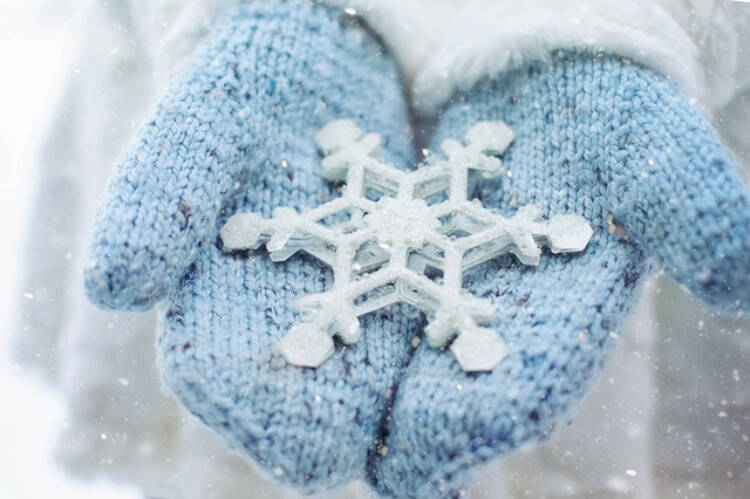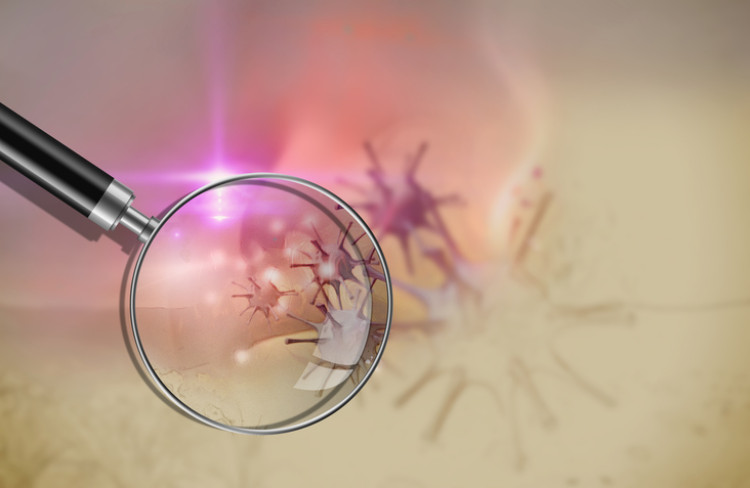- medicinapropraxi.cz - Allergies
- internimedicina.cz - Allergy, anaphylaxis, anaphylactic shock
- immunovital.sk - Allergy to cold
- solen.cz - Allergies - current therapeutic options
Is cold allergy really an allergy? How does it manifest itself, is it possible to treat it?

Most of us think of an itchy skin rash, hives, swelling or sneezing as an allergy. It is a hypersensitivity of the body to foreign substances (allergens) when it comes into contact with them again. The response is usually the production of antibodies that try to defend the host. A cascade of defensive reactions is triggered, manifesting a wide range of symptoms. Is the same thing happening with the lesser-known "cold allergy"?
Article content
Cold allergy, or better said "pseudo-allergy", is a reaction to cold weather or direct contact with ice. It is called allergy because of the similarity of its clinical picture.
What is an allergy?
The term allergy comes from the Greek (allo - altered and ergos - action, reaction). It is defined as a specifically altered reactivity of the organism of a sensitized individual when repeated contact with a certain substance (antigen, allergen) results in the formation of specific antibodies - group E immunoglobulins (IgE).
This is a pathological reaction of our immune system.
A large role is played by the individual himself, his hereditary basis, the amount of the allergen, its chemical specifics and, last but not least, the method of exposure.
Properties of the allergen
An allergen is a pathogenic substance with the ability to induce the production of antibodies, mainly proteins, but also polysaccharides or lipids.
In a typical allergic reaction, IgE-type antibodies are formed in the body and bind to the protein toxins of the allergen. This results in an allergic reaction.
Does the same thing happen in the human body in cold allergy?
Division of allergens
- Exogenous - They enter the body from the external environment, either primarily as an allergen or as a harmless substance. Secondarily, they are converted into an allergen in the body by various processes such as digestion, oxidation.
- Endogenous - They are formed in the body as a complex of its own proteins with a foreign substance, or the protein in the body is altered by a pathological process.
- Invasive - They are secreted into the body by parasites established in the body.

Cold as an allergen?
Cold is a physical factor and is of great importance in the onset and development of allergies.
It acts as an activator. It activates the release of mediators, resulting in allergy-like symptoms.
In reality, however, it is a pseudo-allergy caused by a physical stimulus, not a foreign substance of a protein nature.
Since it does not meet the basic definition of an allergen, it cannot cause an allergy.
Manifestations of cold "pseudo-allergy"
The effects of cold are predominantly local, occurring on skin that is directly exposed to lower temperatures.
The skin becomes red, swollen, with minor rashes, urticaria, increased itching, local soreness (prickly pain) or, conversely, loss of sensitivity of the affected area, manifested by tingling.
Skin that is not protected in this way may start to crack, especially in winter.
Another unprotected organ is the eyes, which also react with redness, burning and increased tearing. This can even result in conjunctivitis.
Irritation of the upper respiratory tract causes sneezing and increased nasal secretions as in the case of the common cold.
The lower respiratory tract responds by constricting, narrowing the bronchial tubes. This produces a dry irritating cough to coughing fits with a wheezy sound when breathing. If cold exposure and coughing irritation persist for a long time, we may feel pain in the lung area.
What are the causes?
The most significant factor in cold allergy is just modern times.
People are becoming more comfortable day by day with a tendency to make things easier for themselves. Not so long ago children used to play outside, now in the warmth of the home.
It's the same with adults.
Modern homes are sometimes over-heated, regular ventilation is forgotten. Cars have heated seats and in winter we rush back home to warmth as soon as possible.
We forget to harden ourselves regularly, which makes us more sensitive and susceptible to external influences.
Diagnostics
Diagnosis is very simple.
We should think of a cold allergy if we react to colder temperatures with a set of the above symptoms.
We can do a simple test at home.
All we need is an ice cube, which we place on our skin and leave on for 15 minutes.
We consider a positive result when a pimple appears on the skin.
Next, the level of cryoglobulins, which are cold antibodies, is determined. However, these can also be positive in other systemic diseases.
Prevention and treatment
The basic preventive measure is a change in lifestyle.
Regular hardening leads to better adaptation to cold.
This includes adequate clothing, being outdoors, walking in nature, taking lukewarm showers in summer, alternating hot and cold showers, sauna, regular ventilation regardless of the weather and not overheating the living space.
If someone takes these perhaps difficult tasks for granted, they have won over their cold allergy.
Treatment of cold allergy
Effective in the treatment are preparations that reduce or eliminate the effects caused by the mediator histamine. These preparations are called antihistamines. They are administered systemically in tablet or injection form and also topically on the skin surface.
The second group of drugs are the antileukotrienes with onset of action within 24 hours. It is suitable for the treatment of allergic asthma. During an attack of breathlessness, intravenous administration of aminophylline is necessary because of its bronchodilator effects (dilates narrowed airways).
Over-the-counter symptom-reducing drugs such as nasal sprays, creams for chapped skin can be used as adjunctive treatment.
Interesting resources
Related










